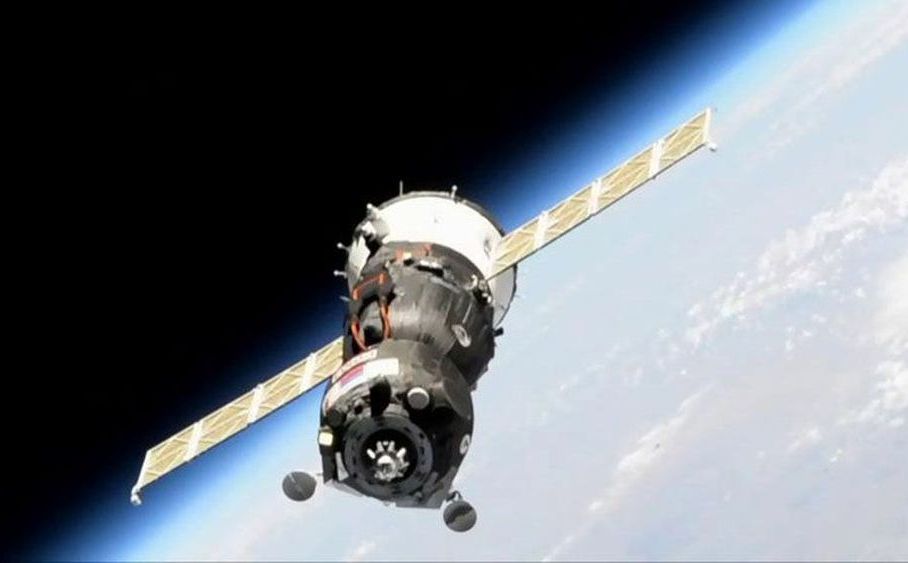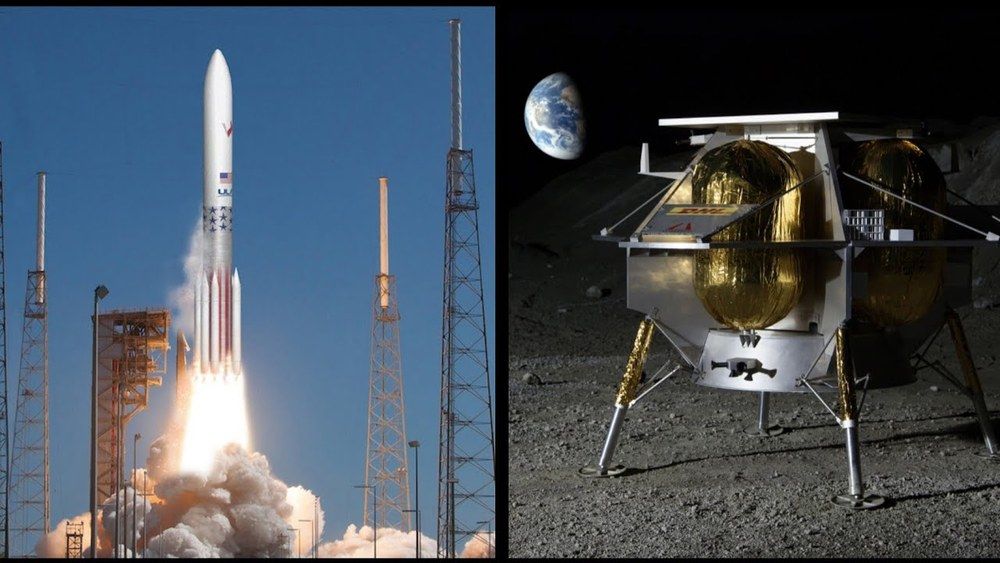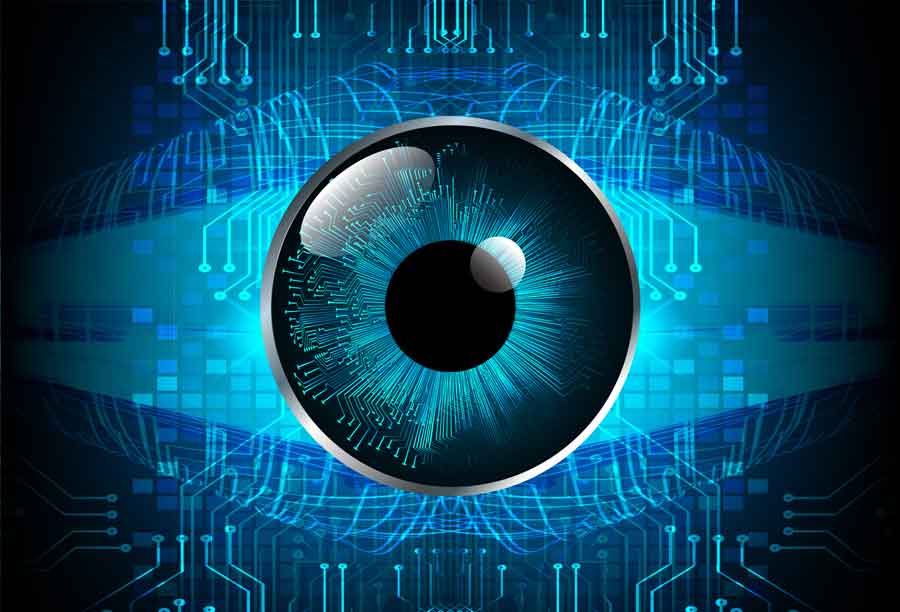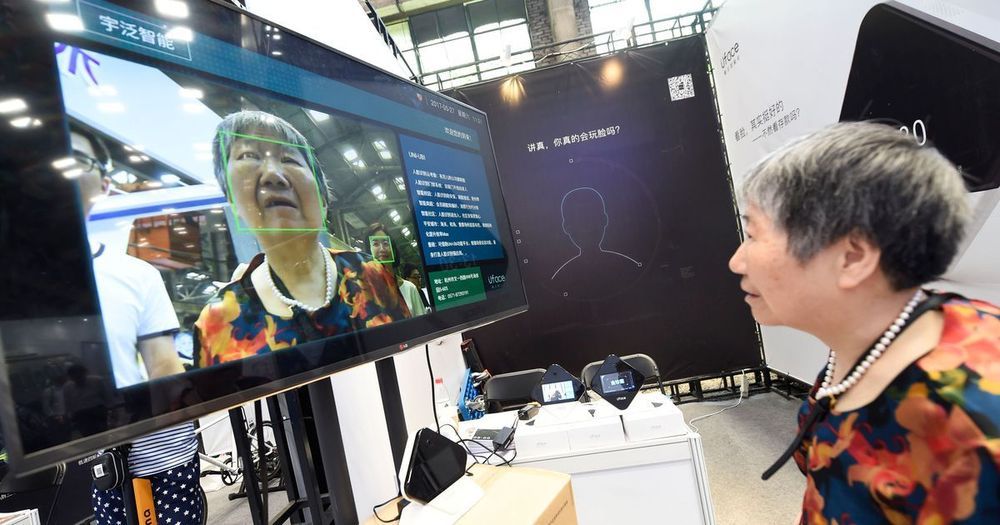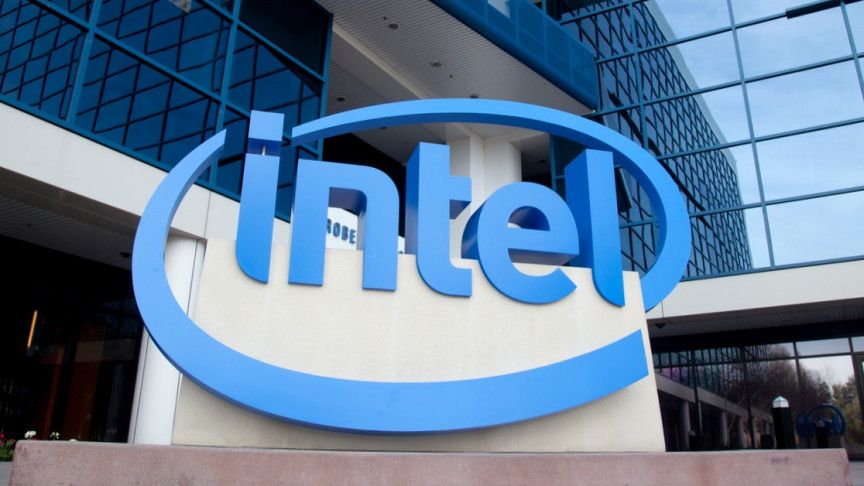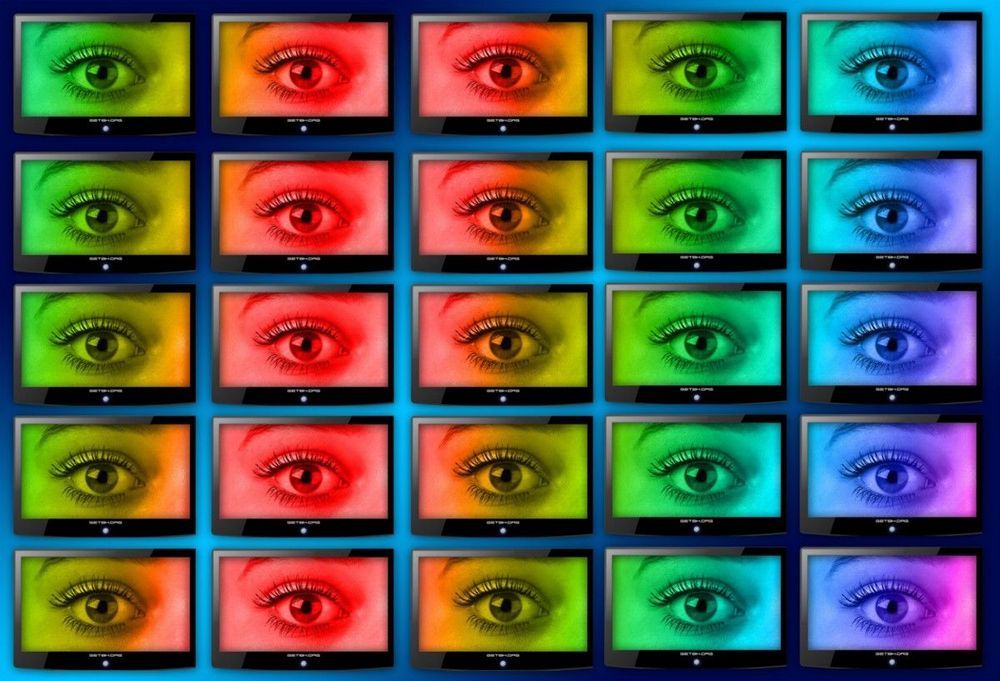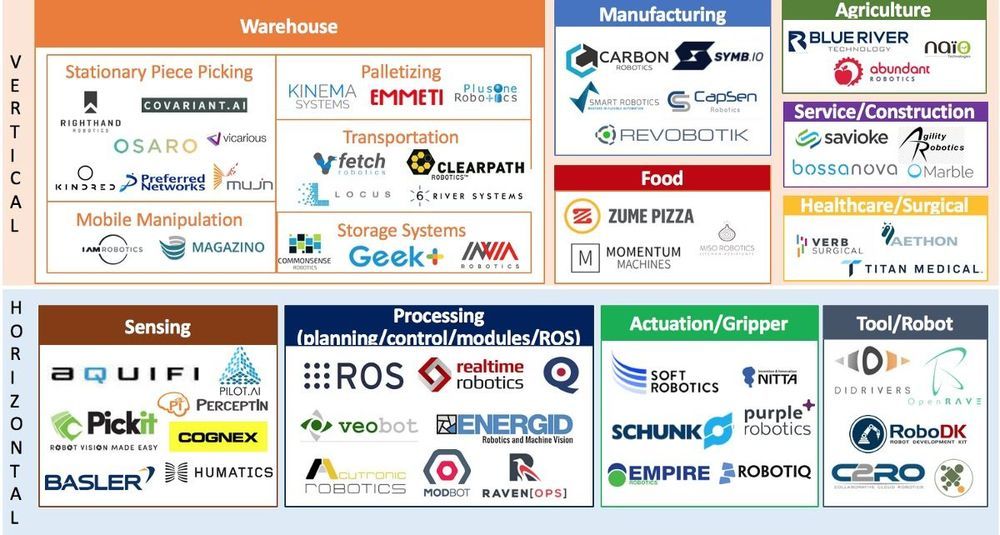A Russian Soyuz spacecraft carrying a humanoid robot failed to dock with the International Space Station (ISS) on Saturday morning, Russian state news agencies reported.
The Soyuz MS-14 crew ship launched from the Baikonur Cosmodrome in Kazakhstan on August 21 with the Skybot F-850, a life-sized artificially intelligent humanoid robot, on the commander’s seat.
Given the issues, emerged during the docking of the #SoyuzMS14 spacecraft with the ISS, the state commission chaired by Roscosmos Director General Dmitry Rogozin will held a meeting to consider the situation and discuss the measures to overcome the fault in the docking system. pic.twitter.com/turpSi08Rf
